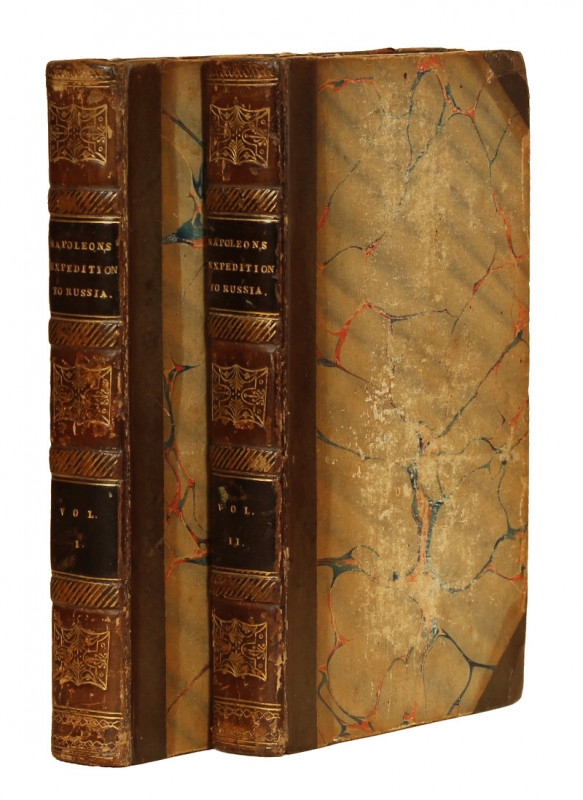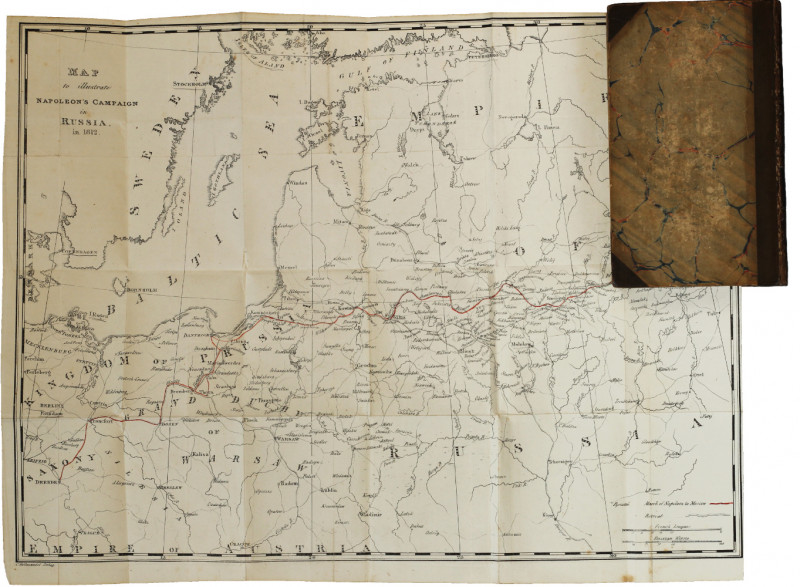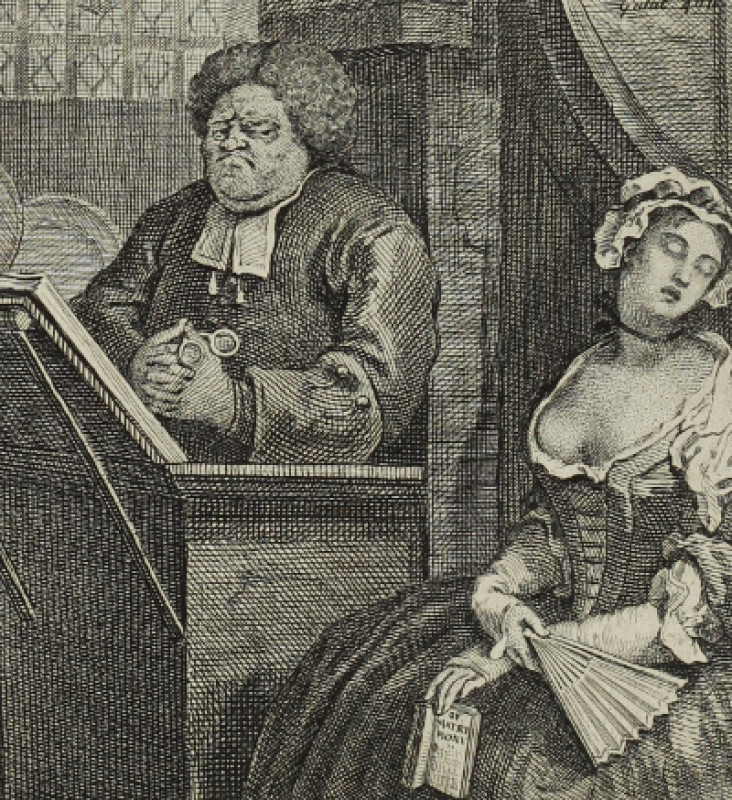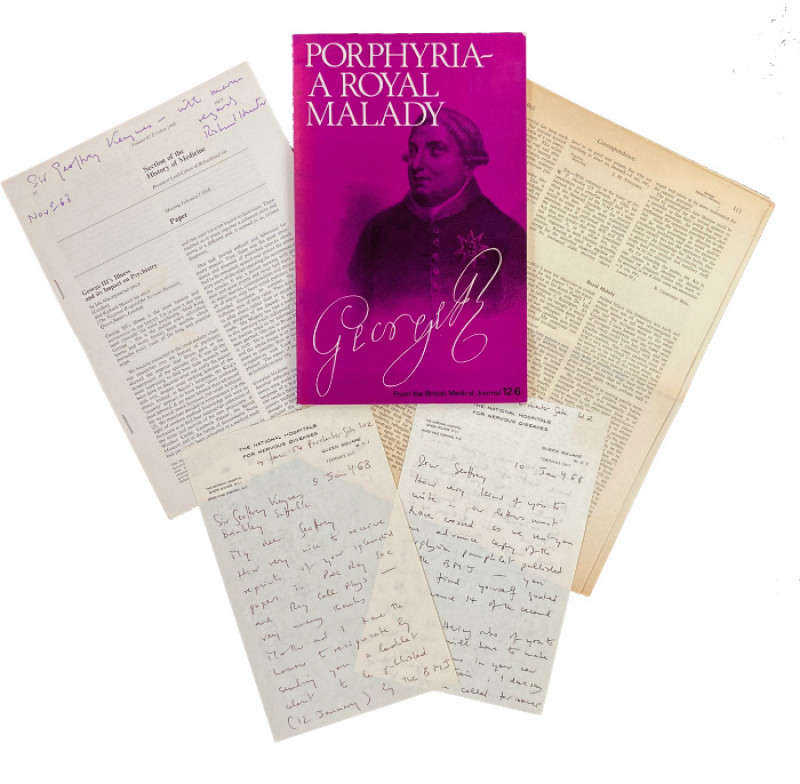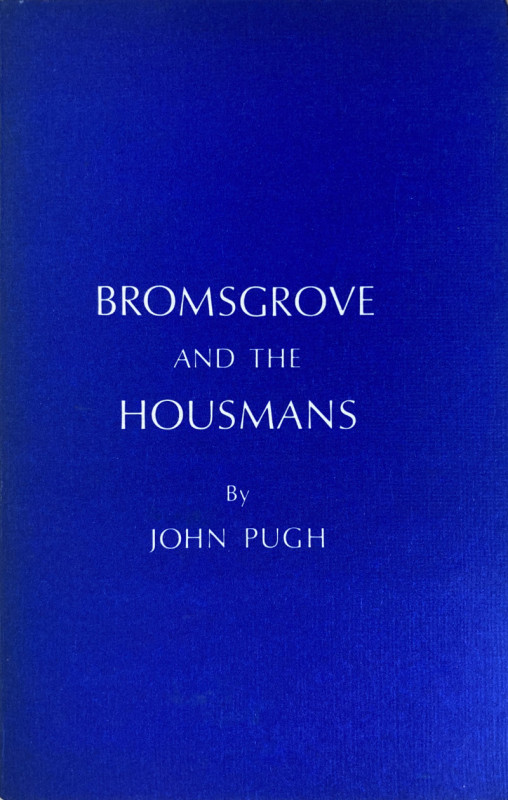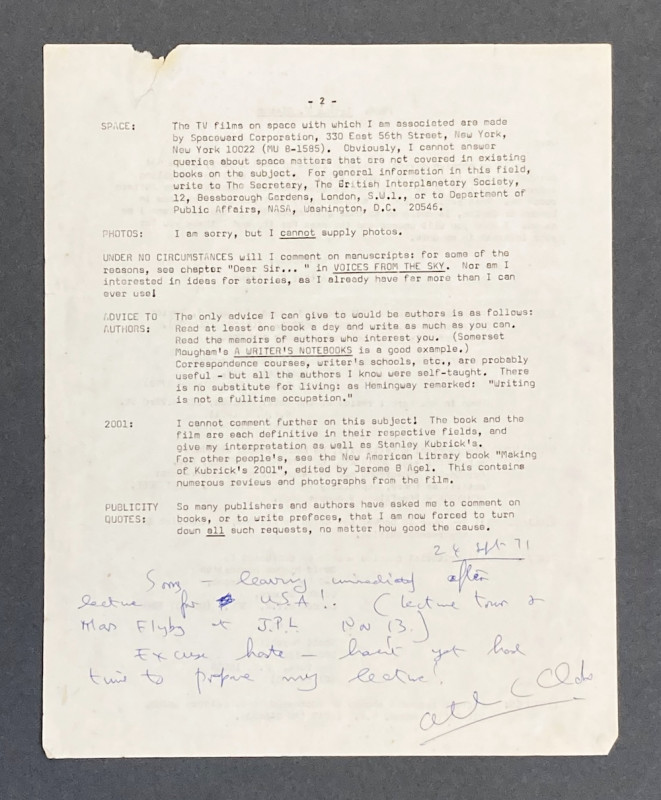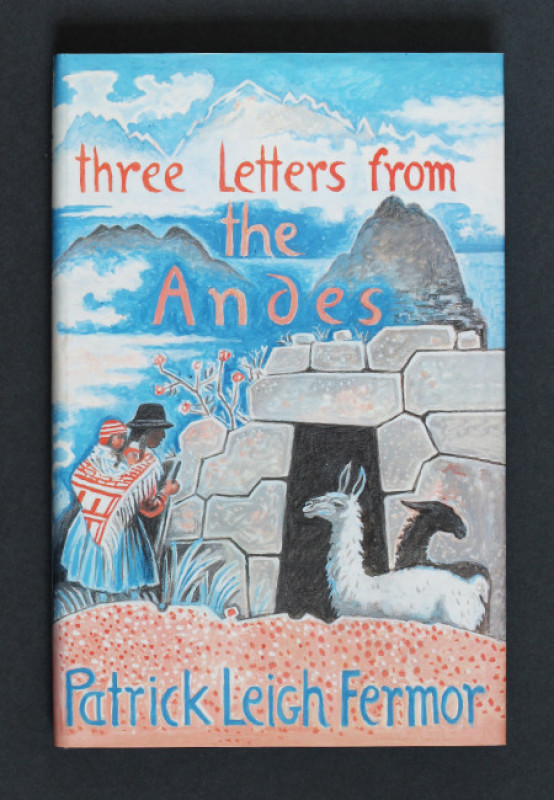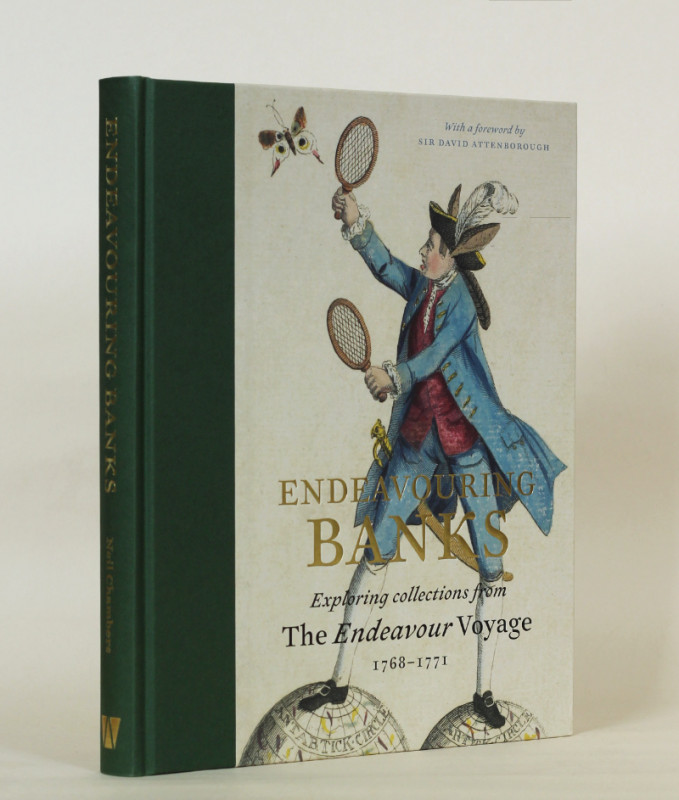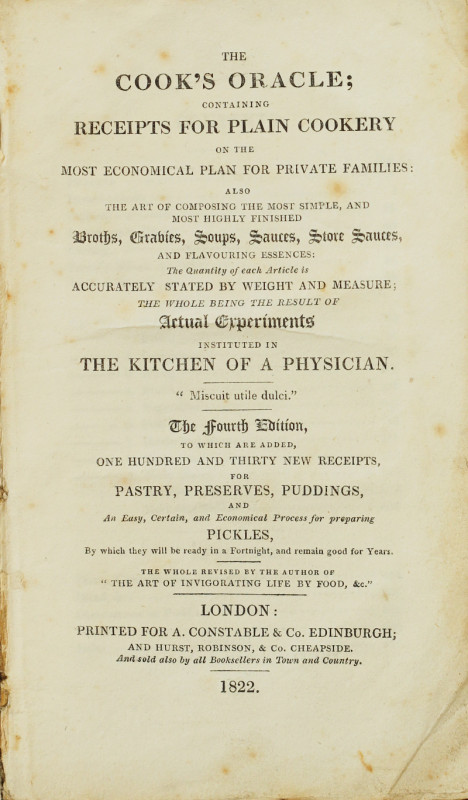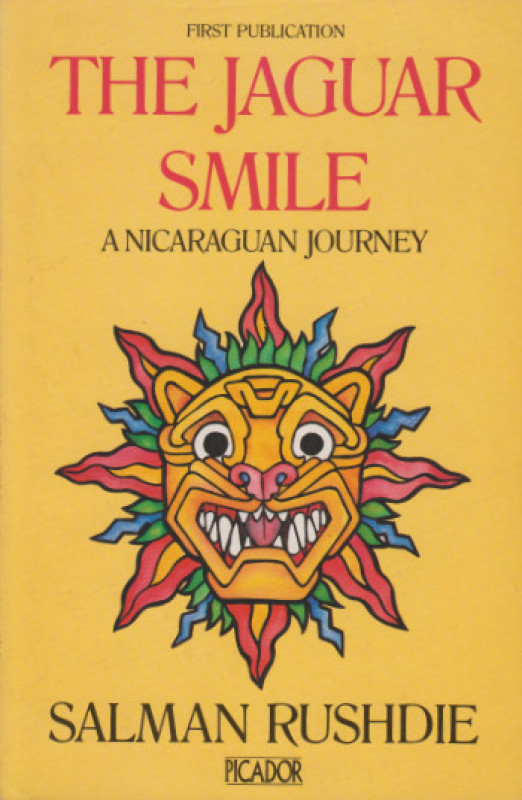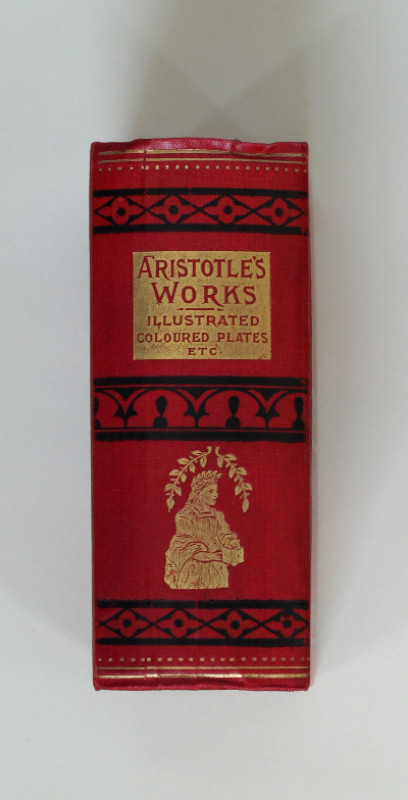History of the Expedition to Russia, Undertaken by the Emperor Napoleon, in the Year 1812
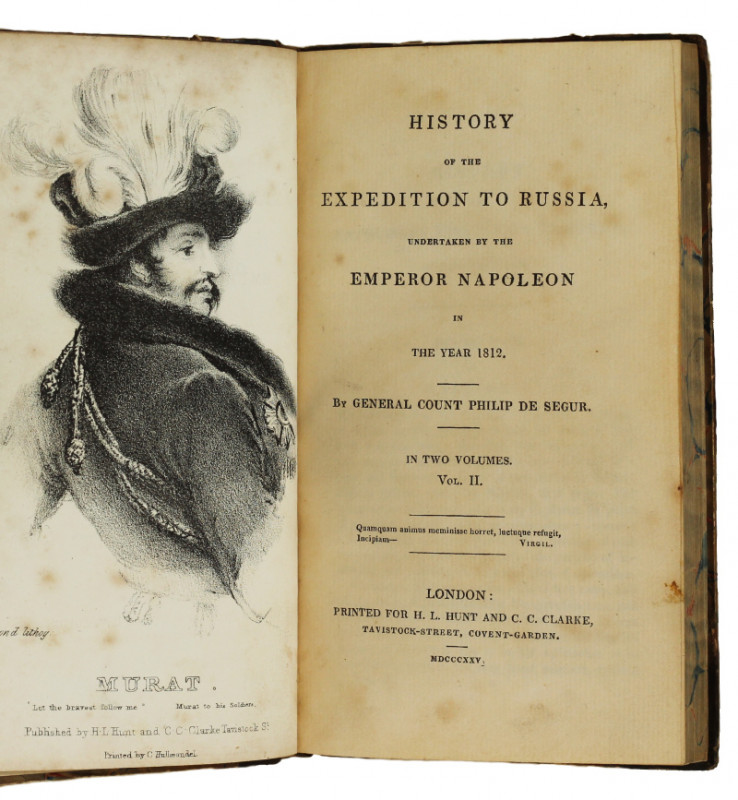
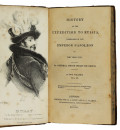


Book Description
SÉGUR’S BESTSELLING ACCOUNT OF NAPOLEON’S RUSSIAN CAMPAIGN IN A REGENCY BINDING
2 volumes, duodecimo in 6s, 8s and 12s (175 x 104mm), pp. I: [iii]-viii, 341, [1 (blank)]; II: [2 (title, verso blank)], 370. Lithographic portrait frontispieces by Drummond, printed by C. Hullmandel, one lithographic folding map by Hullmandel with hand-coloured route, and one lithographic plate by Drummond printed by Hullmandel. (Some light spotting and marking, small marginal hole in vol. I title, map with short tear at guard.) Contemporary British half calf over marbled boards, spines gilt in 5 compartments divided by broad bands, gilt black morocco lettering-pieces in 2, others decorated with gilt floral tools, all edges marbled, brown silk markers, detached. (Extremities lightly rubbed and bumped, some cracking on hinges, [?]bound without half-titles.) A very good set in a Regency binding. Provenance: Henry Price (early ownership inscriptions on front free endpapers and [?] his cropped pencil annotations on some pages).
2 volumes, duodecimo in 6s, 8s and 12s (175 x 104mm), pp. I: [iii]-viii, 341, [1 (blank)]; II: [2 (title, verso blank)], 370. Lithographic portrait frontispieces by Drummond, printed by C. Hullmandel, one lithographic folding map by Hullmandel with hand-coloured route, and one lithographic plate by Drummond printed by Hullmandel. (Some light spotting and marking, small marginal hole in vol. I title, map with short tear at guard.) Contemporary British half calf over marbled boards, spines gilt in 5 compartments divided by broad bands, gilt black morocco lettering-pieces in 2, others decorated with gilt floral tools, all edges marbled, brown silk markers, detached. (Extremities lightly rubbed and bumped, some cracking on hinges, [?]bound without half-titles.) A very good set in a Regency binding. Provenance: Henry Price (early ownership inscriptions on front free endpapers and [?] his cropped pencil annotations on some pages).
Dealer Notes
[?]First English edition. Ségur, the son of the diplomat and historian Louis-Philippe, comte de Ségur, had been commissioned into the cavalry in 1800, and soon after joined Napoleon’s personal staff. As Napoleon’s aide-de-camp Ségur was with the Grande Armée during the Russian campaign, witnessing one of the bloodiest episodes of Napoleonic history, which set in motion the chain of events that culminated in the fall of France’s First Empire: on June 23, 1812, with virtually all of Europe under his control, Napoleon and his Grande Armée – the largest military force ever assembled – crossed the River Niemen into Russia in an attempt to defeat the Russian army and force Tsar Alexander I into a treaty confirming Napoleon’s dominance over the whole of continental Europe. Had Napoleon succeeded in his enterprise, he would have had but one unconquered enemy – Britain. However, repeated strategic retreats by the Russians and their forceful tactics left Napoleon’s army exhausted and under-resourced, and the early onset of winter ravaged his troops. Of the roughly 600,000 troops who followed Napoleon into Russia, fewer than 100,000 returned home: the army had been devastated both by the enemy and by the elements.
The first volume of Ségur’s narrative relates events leading up to the burning of Moscow, while the second covers the French retreat. The Edinburgh Magazine and Literary Miscellany commented that, while some of the events described were already familiar, ‘we found more that is perfectly new to us, and we believe to all, except the gallant and unfortunate men who escaped destruction amidst the snows and steppes of Russia; and in perusing the narrative, we were perfectly fascinated and spell-bound by the irresistible charm of the composition’ (vol. 16 (January-June 1825), p. 333). Ségur’s account was an immediate sensation when it first appeared in French under the title Histoire de Napoléon et de la grande armée pendant l’année 1812 (Paris and Brussels, 1824), and it sold out ten editions in the three years following publication, while translations into the principal European languages enjoyed a similar success. Two two-volume editions were published at London in 1825 (the present edition and one under the imprint of Treuttel and Wurtz), and priority is given to this edition by Cross.
Cross, In the Lands of the Romanovs, F32; Graesse VI, p. 342; Lowndes, p. 2236.
Order this book directly from our website: www.typeandforme.com
The first volume of Ségur’s narrative relates events leading up to the burning of Moscow, while the second covers the French retreat. The Edinburgh Magazine and Literary Miscellany commented that, while some of the events described were already familiar, ‘we found more that is perfectly new to us, and we believe to all, except the gallant and unfortunate men who escaped destruction amidst the snows and steppes of Russia; and in perusing the narrative, we were perfectly fascinated and spell-bound by the irresistible charm of the composition’ (vol. 16 (January-June 1825), p. 333). Ségur’s account was an immediate sensation when it first appeared in French under the title Histoire de Napoléon et de la grande armée pendant l’année 1812 (Paris and Brussels, 1824), and it sold out ten editions in the three years following publication, while translations into the principal European languages enjoyed a similar success. Two two-volume editions were published at London in 1825 (the present edition and one under the imprint of Treuttel and Wurtz), and priority is given to this edition by Cross.
Cross, In the Lands of the Romanovs, F32; Graesse VI, p. 342; Lowndes, p. 2236.
Order this book directly from our website: www.typeandforme.com
Author
SÉGUR, Philippe-Paul, comte de
Date
1825
Publisher
London: W. Clowes for H.L. Hunt and C.C. Clarke
Friends of the PBFA
For £10 get free entry to our fairs, updates from the PBFA and more.
Please email info@pbfa.org for more information
